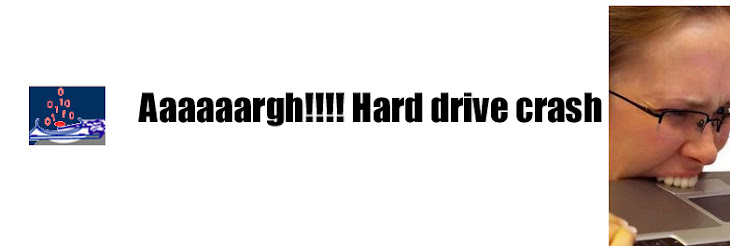While working on a database if someone abruptly disconnects from a it, a”corruption flag” may be set. This simply means that the database is in a corruptible state i.e. information within the database can get corrupted at any time. Anyone attempting to access the database will receive a message and the database will have to be repaired. The results of a corruptible database are that it will bring about loss in productivity as well as frustration from users. So as you work with your company or persona database, it would be important to note the following:
Close connections as soon as you finish with the database: After gaining access to a database, it is always important to close the connection after one is through with what they are doing. Open connections when finished with a database will allow more opportunities for ‘unwanted’ dropped connections i.e. automatic closing of the connection.
Exit the database correctly: It is possible that after finishing with a database, you close it and it takes time to close. This is because the database is serving other people accessing it and may take a while closing your connection. Therefore, it is advisable to always exit the database correctly. Some shortcuts such as pressing Ctrl-Alt-Del can bring about major problems on ones database. It is a good practice to exit the database the correct way.
Database Splitting: You can split the database by separating the “front-end” parts from the “back-end” parts. The front end parts include forms, reports and queries while the back-end parts contain only the data tables. A copy of the front end is placed in each user’s computer while the back-end is placed in a shared folder within a network. This means that the data tables don’t have to be moving from user to user because it is in this movement that data tables become corrupt hence loss of data. If one may be experiencing corruption problems with a database on a network, splitting the database is important to stop this.
More information about database recovery follow the link.
RAID: How it works
All you need to know about RAID systems
Call +254 725 050728 for affordable data recovery
Subscribe to:
Post Comments (Atom)

No comments:
Post a Comment